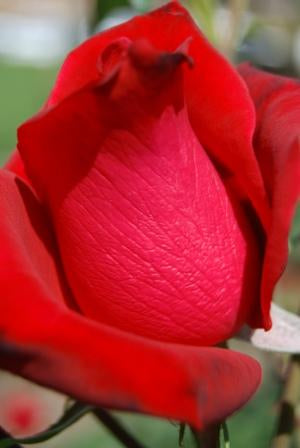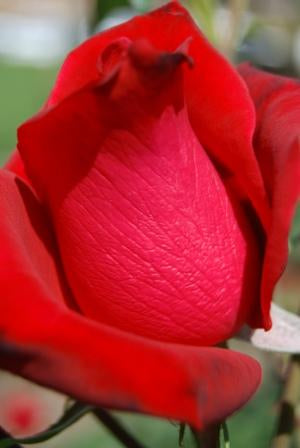Cut flowers are a nice addition to bring a color into your home. Whether they come from the garden or from the florist, maintaining their beauty is the same.
All flowers have three important characteristics that determine how long they will remain attractive and useful:
- It’s need for internal water content.
- It’s need for food to carry on life processes
- It’s inability to handle toxic air and water substances
Ten Procedures for Longer Lasting Flowers
- Re-cut the flower stems using a sharp knife or shears. Remove at least one-half inch of the stem to expose a fresh surface. A freshly cut stem absorbs water freely. Cut at a slant to avoid crushing the stem. Re-cut often to allow for water absorption.
- Use special methods to treat cut stems for certain plants. Some flowers, such as poinsettia, heliotrope, hollyhock, euphorbia, and poppy may need this special attention. The milk fluid that flows from the stems plug easily and this won’t allow for proper fluid flow through the stems. This can be avoided by placing about 1/2 inch of the stem in boiling water for 30 seconds or charring the end of the stem in a flame. Protect the flower tops from the heat by wrapping in paper.
- Remove excess foliage. Excess foliage exposed to the air increases water loss. Also remove submerged leaves, which decay and encourage microbial growth.
- Use warm, uncontaminated water. Place stems in 100-110° F water. This warm water is more easily moved up the stem. Contaminated water, or water high in fluorides or salts, will lead to early death. If this is the case, consider using filtered or distilled water.
- Use a flower preservative in the water. These preservatives provide food, as well as, inhibit bacteria and fungi. They also promote water and nutrient uptake.
- Wrap the flowers until they are crisp. After the flowers have been placed in warm water, wrap a piece of paper or plastic around them. This helps to reduce water loss. After about 2 hours (flowers are crisp), arrange as desired.
- Wash the container with soap and water. Always wash containers after each use to remove bacteria. Bacteria can multiply and clog the water conducting tubes of the flower stems, which cause wilting.
- Avoid excessive heat or moving air. Do not place flowers in direct sunlight or over a heat source. Heat reduces flower life. In addition, drafty locations remove the water from the flowers faster than it can be absorbed.
- Keep flowers cold when not in use. It is possible to double the life of your flowers by placing them in a cold room (above 35°F) or in the refrigerator at night, when not in use. This practice is not recommended for orchids (not below 55°F).
- Do not mix fresh flowers with old or damaged flowers or with fruits or vegetables. Damaged, aging flowers and many fresh fruits and vegetables produce ethylene gas that shortens fresh flower life. Carnations will close and snapdragons will drop florets prematurely when exposed to ethylene.
Source: Department of Horticulture at Purdue University Publication HO-158-W



